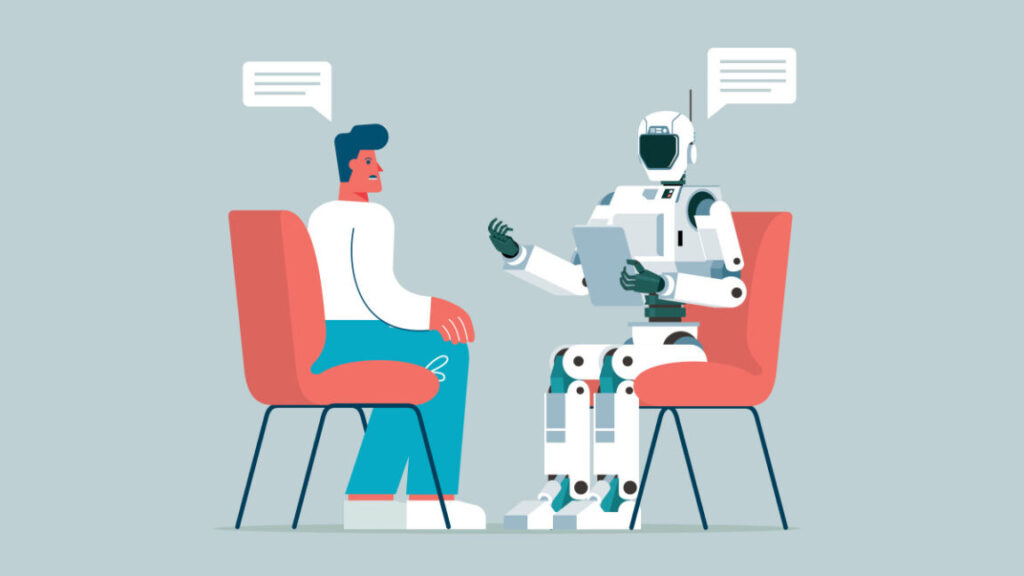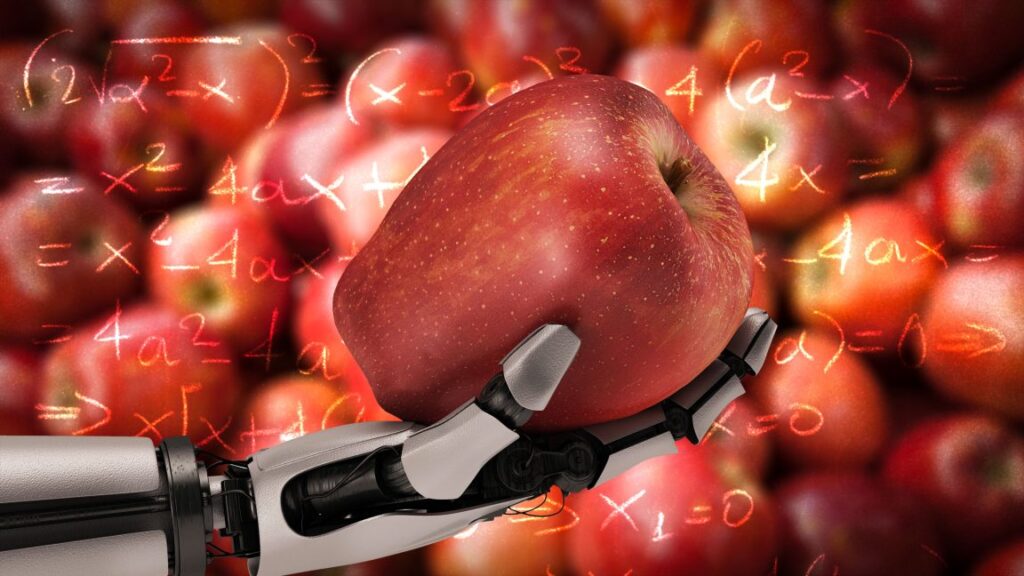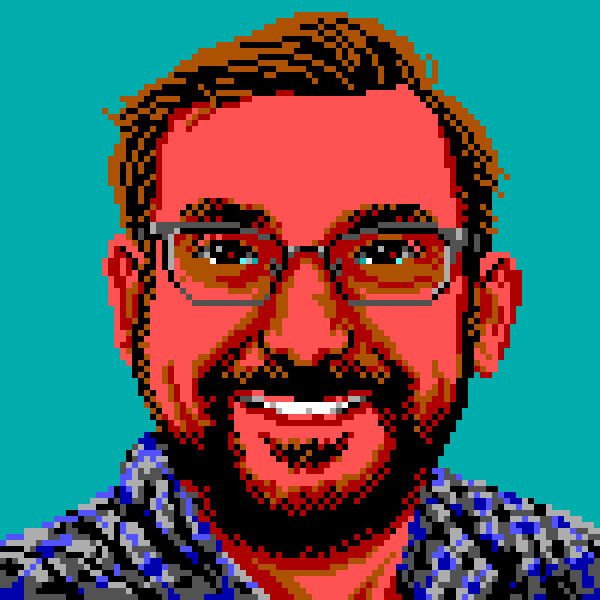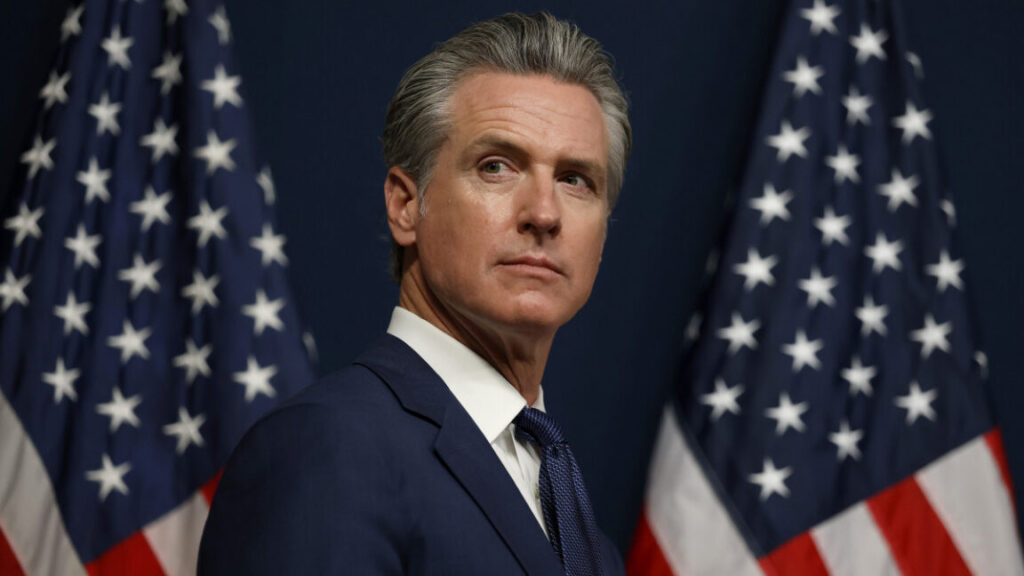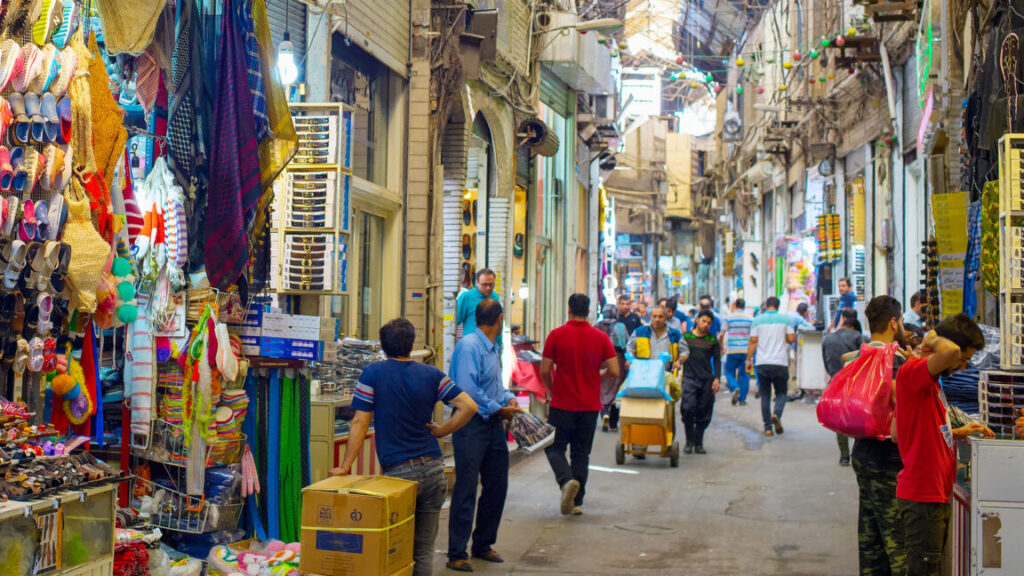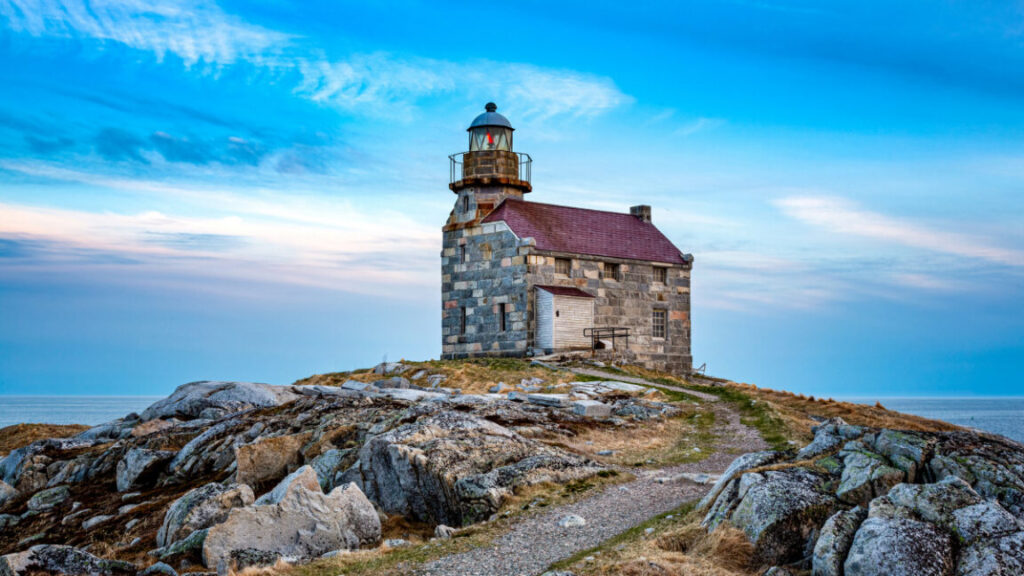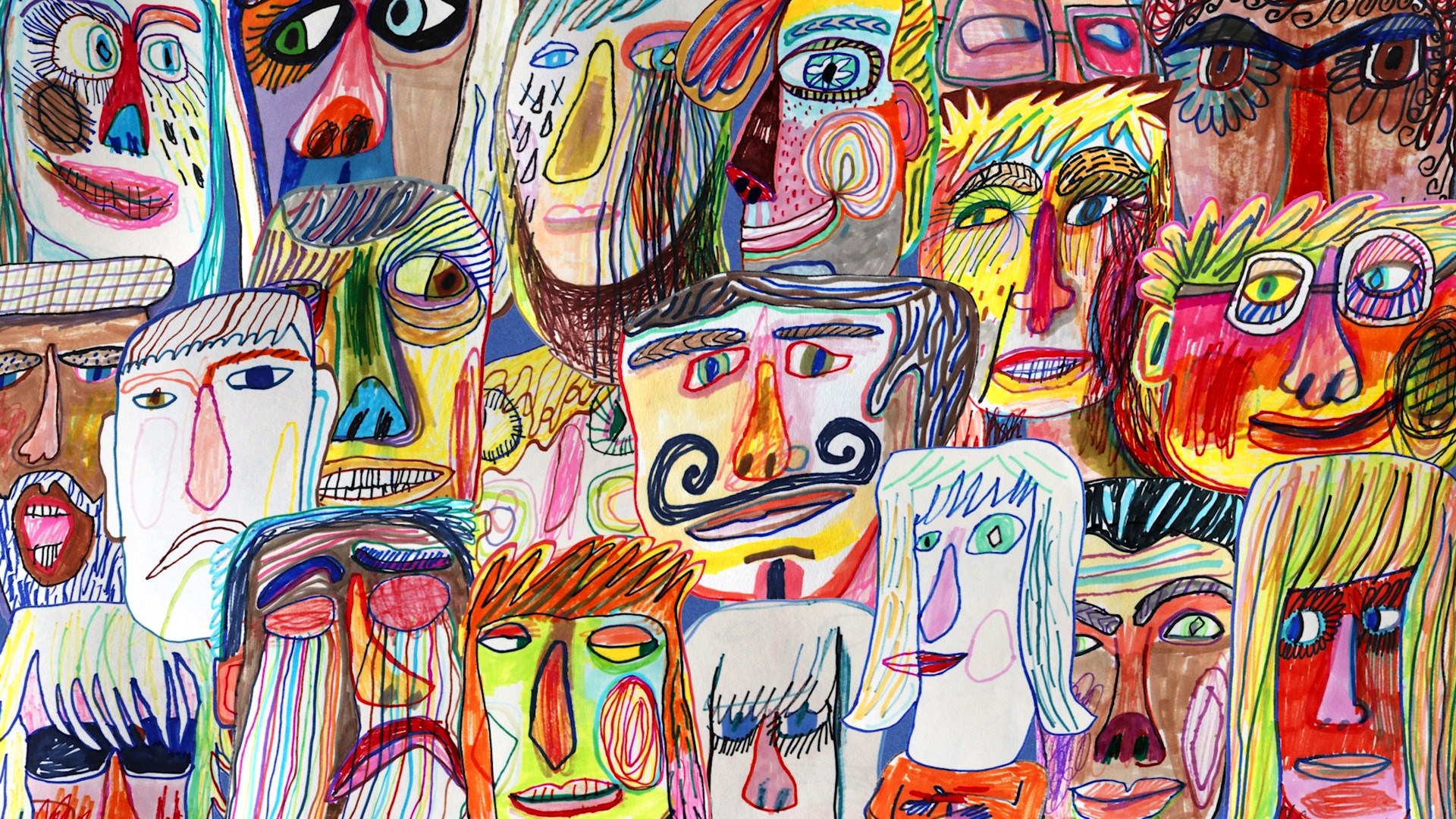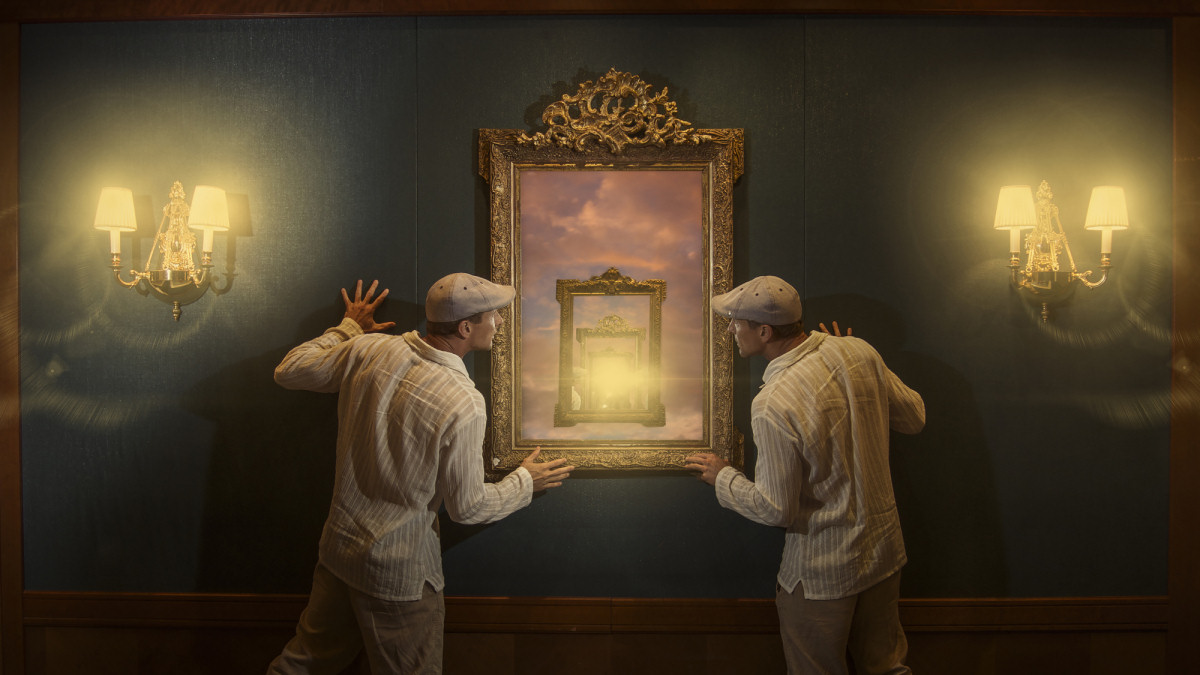OpenAI data suggests 1 million users discuss suicide with ChatGPT weekly
Earlier this month, the company unveiled a wellness council to address these concerns, though critics noted the council did not include a suicide prevention expert. OpenAI also recently rolled out controls for parents of children who use ChatGPT. The company says it’s building an age prediction system to automatically detect children using ChatGPT and impose a stricter set of age-related safeguards.
Rare but impactful conversations
The data shared on Monday appears to be part of the company’s effort to demonstrate progress on these issues, although it also shines a spotlight on just how deeply AI chatbots may be affecting the health of the public at large.
In a blog post on the recently released data, OpenAI says these types of conversations in ChatGPT that might trigger concerns about “psychosis, mania, or suicidal thinking” are “extremely rare,” and thus difficult to measure. The company estimates that around 0.07 percent of users active in a given week and 0.01 percent of messages indicate possible signs of mental health emergencies related to psychosis or mania. For emotional attachment, the company estimates around 0.15 percent of users active in a given week and 0.03 percent of messages indicate potentially heightened levels of emotional attachment to ChatGPT.
OpenAI also claims that on an evaluation of over 1,000 challenging mental health-related conversations, the new GPT-5 model was 92 percent compliant with its desired behaviors, compared to 27 percent for a previous GPT-5 model released on August 15. The company also says its latest version of GPT-5 holds up to OpenAI’s safeguards better in long conversations. OpenAI has previously admitted that its safeguards are less effective during extended conversations.
In addition, OpenAI says it’s adding new evaluations to attempt to measure some of the most serious mental health issues facing ChatGPT users. The company says its baseline safety testing for its AI language models will now include benchmarks for emotional reliance and non-suicidal mental health emergencies.
Despite the ongoing mental health concerns, OpenAI CEO Sam Altman announced on October 14 that the company will allow verified adult users to have erotic conversations with ChatGPT starting in December. The company had loosened ChatGPT content restrictions in February but then dramatically tightened them after the August lawsuit. Altman explained that OpenAI had made ChatGPT “pretty restrictive to make sure we were being careful with mental health issues” but acknowledged this approach made the chatbot “less useful/enjoyable to many users who had no mental health problems.”
If you or someone you know is feeling suicidal or in distress, please call the Suicide Prevention Lifeline number, 1-800-273-TALK (8255), which will put you in touch with a local crisis center.
OpenAI data suggests 1 million users discuss suicide with ChatGPT weekly Read More »
